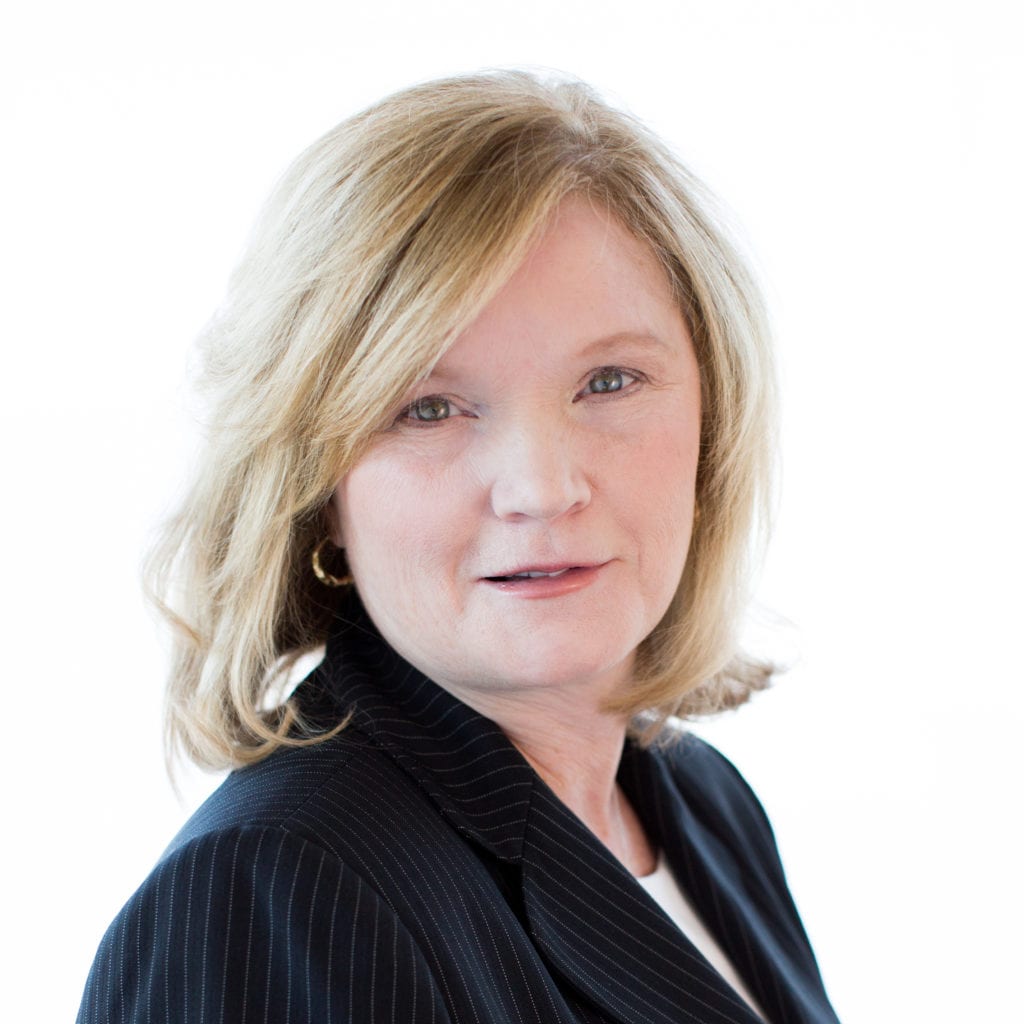
Share this Article
By Thomas Bryant, ARM, President, Physicians Insurance
It’s been a difficult few years, financially, for physicians. Health systems and hospitals are facing fiscal challenges that are creating upheaval for physicians, health care workers and patients. Meanwhile, many practices are still trying to recover from the pandemic. This uncertainty may have you wondering about the financial outlook for professional liability insurance. While looking forward always involves uncertainty, observing the trends in factors that drive costs in the professional liability insurance market can help. And for now, I’m cautiously optimistic.
Recent Trends in Medical Professional Liability Insurance
When looking at pricing for professional liability insurance, insurance companies consider factors that affect the surpluses that they must set aside to pay claims, which include, among other things, trends in litigation patterns, the costs of social inflation, their costs for reinsurance — insurance companies buy insurance too — as well as how their conservatively invested surpluses are doing.
And, like financial markets, the professional liability insurance market has its ups and downs. We’ve had periods where the market is strong and pricing has been predictable and competitive, and then there are periods where underwriting discipline leads to increased rates and insurance companies have had to respond to upward pricing factors. In extreme cases carriers have had to reduce their coverages or even withdrawn from offering professional liability coverage in a state.
For instance, beginning in 2001, not long after the dot com collapse, there was an insurance industry crisis in the professional liability insurance market. This resulted in several years where carriers were applying steep increases to premiums in professional liability insurance. Then, beginning in 2010, we began to see this stabilize where competitive market forces and surplus redundancies allowed this pattern to shift. There was competition in the market again and insurance companies were more generous in their policy credits as they fought for an increased market share.
We, as the broker, were able to seek to maximize credits to physicians’ policies, so physicians were paying less, overall, for their professional liability insurance and in the case of mutual insurers, dividends also rose during this period.
Then, starting about five years ago, we began seeing signs of a potential reversion to what we call a “hard market” in professional liability insurance, which is an environment not favorable to physicians. More insurance companies were increasing rates than were not increasing rates.
So where are we now, in 2024?
Things are looking more hopeful. The evidence suggests that there are fewer companies increasing rates than there were one or two years ago. This is in line with insurers having improved results and may indicate that insurance companies are more optimistic about their ability to manage the cost of claims. Of course, things could change again, but right now we’re seeing slightly more positive trends.
Looking Ahead
With an eye on national data, I see a few factors that need to be called out.
First, the frequency of professional liability claims remains down with regard to physicians. Why? I credit in large part physicians’ attention to standard of care and informed consent, and the excellence of modern medical training.
Second, the severity of claims. While generally, claims frequency remains down, cases with very high payouts — so-called “nuclear verdicts” —that you may see in the news are occurring more frequently. From 2010 to 2020 or so, the number of claims above ten million dollars quadrupled. That certainly will drive increased costs if not remedied.
Third, there’s social inflation. Legal expenses related to claims are increasing. Whether or not the claims are legitimate, and whether or not there’s a settlement or trial, the cost of defending against even spurious claims will continue to rise.
Other Lines of Insurance
I’ve been discussing medical professional liability insurance to this point. Other commercial liability insurance lines have different trends.
Workers compensation rates in healthcare in general have dropped.
Cyber insurance, often in the news, has our attention because of the sensitivity of healthcare data and the increasing number of healthcare entities experiencing cyber-attacks. At the same time, the costs of managing patient data have grown and the risk exposure for organizations is significant. Cyber liability costs are likely to be more volatile given the skill of the criminal operations and the value they seek to unlock or to tie up as we saw recently in the Change Healthcare hack.
It can sometimes sound overwhelming but we’re here to help. Our trusted team at Physicians Insurance has been providing careful guidance to our clients through the market’s ups and downs for nearly thirty-two years. We follow the trends to ensure you have insights into changing coverage so you can meet your organization’s needs.
Related Reading:
Medical Professional Liability State of the Market – MPL Association
Article by Thomas J. Bryant, ARM, President- Physicians Insurance Agency of MA
Posted July 29, 2024





